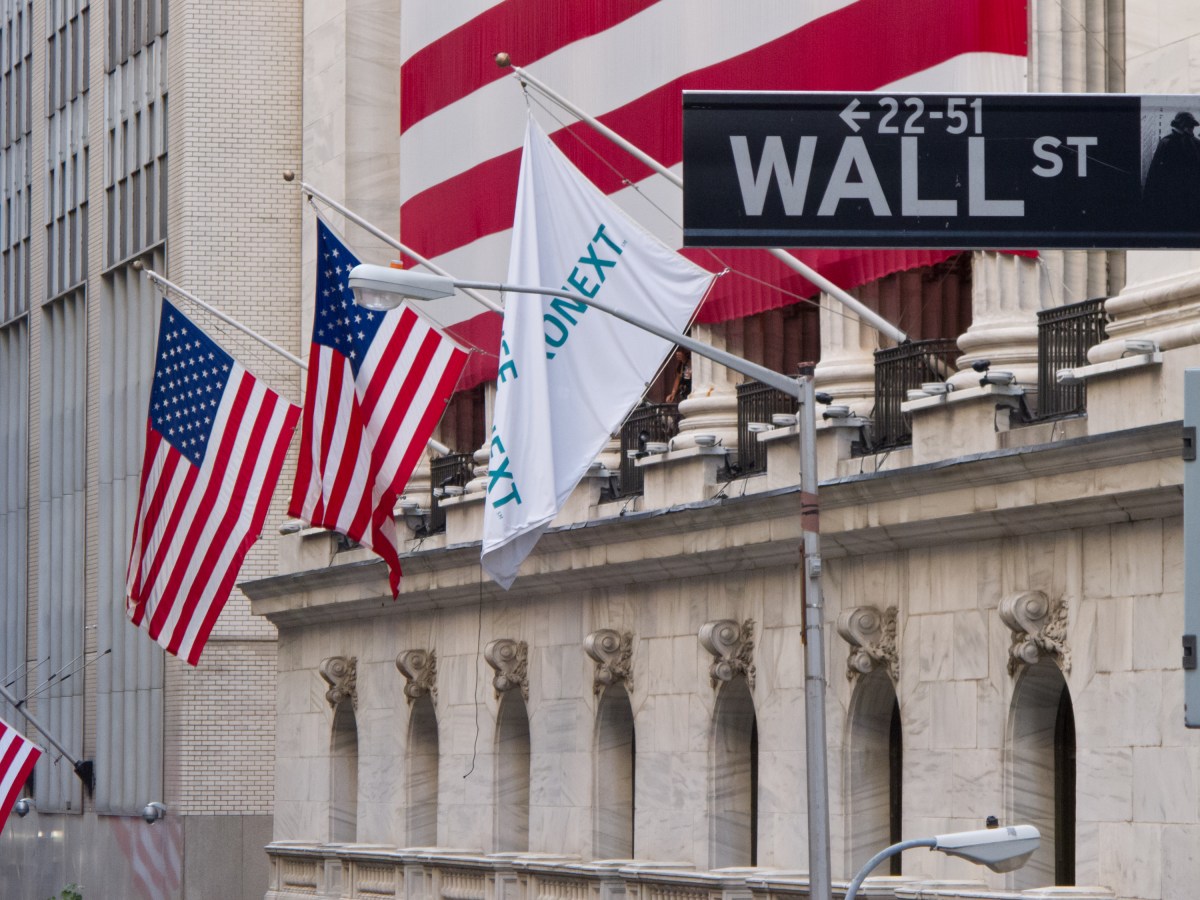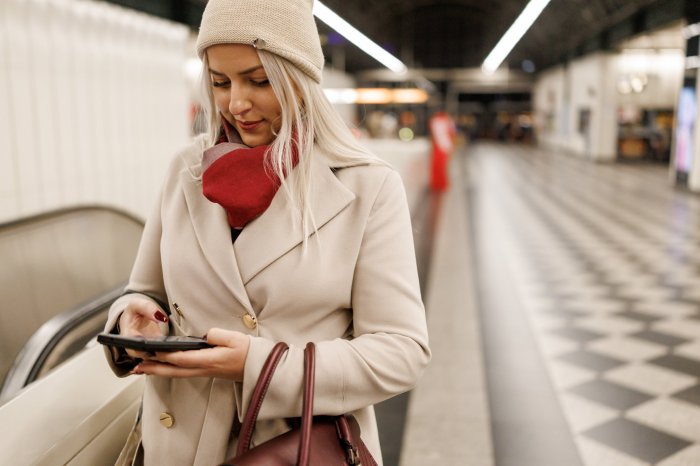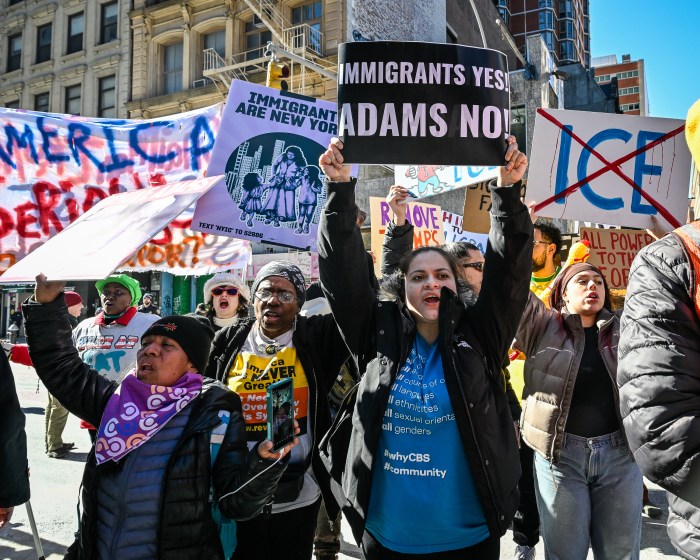It is perhaps the biggest decision of our time: In the wake of the coronavirus, how do we balance the goal of saving every life possible without sending us into a deep economic depression?
New York State closed down every non-essential business via an executive order two weeks ago. In doing so, the Governor said this drastic action would be justified if it saved just one life.
In a vacuum that may be true, but what also must be considered is that creating a possible depression, and the poverty that comes with it, could also lead to lives being lost. Who knows how many in the long run?
Let’s be clear at the outset that raising these questions of balance is not in any way criticizing the intentions of any decision maker in this process. More than at any time since the Sept. 11, 2001 attacks, we are all in this together. Park the party registration at the door. Let’s not talk about taking credit or pinning blame on anyone. But let’s also have an honest, intelligent conversation as to how we save our residents and our economy.
The valiant doctors who surround our elected officials provide needed data based advice that is invaluable. Their one and only goal is to take any means necessary to preserve life to a maximum degree. Thank goodness for these heroes.
But let’s remember that it is not the job of these healthcare professionals to look at the larger picture as to what the ancillary consequences could be to a prolonged economic shut down. That is the job for our elected representatives.
With coronavirus, we are talking about life and death, so we rightfully will not quibble over the trillions it will take to keep our heads above water. It is also understandable why any elected official would say close everything down and take any measure, regardless of how extreme, to bend the infection curve downward as soon as possible. Doing so avoids Monday morning quarterbacking months down the line where some might ask, “Why didn’t you go further when you might’ve been able to save an extra life?” There’s also the legitimate point of taking the maximum hit now to lessen the pain later.
It’s much more difficult, and far more risky, for the elected official to say we are going to go after this virus in unprecedented ways, but still keep our economy in place so that we do not create problems that could become just as insurmountable as the virus itself.
We have to refrain from trying to tar those who would express concern about economic conditions as being greedy fat cats who put money over lives. The bottom line is that more people thrive in good economic times and more people die when resources are scarce. In other words, poverty kills. Sometimes, it can kill even more than a virus does.
When I heard about the shutdown, I thought it was something we could handle. Telling half your workforce that they have to stay home is understandable, and will help lessen contact and spread. It’s also survivable, even for most small businesses. Telling three-quarters of the workforce to avoid the workplace creates a level of strain that can bring a business to the brink. Still, maybe for a short duration, we could make it through.
But telling 100 percent of the nonessential workforce that they have to stay home is in essence shutting down our economy and causing a recession at the least, and possibly creating conditions we haven’t seen since the Great Depression, if this is prolonged.
What if in a few months the virus is gone, but the economy is left in tatters? Could we face medical conditions that, previously treatable, would be jeopardized because our depressed economic conditions could not support proper care? Money that could go to healthcare would have to go to extended unemployment benefits and welfare assistance. The hope is that everything will bounce back. Perhaps it will, but what if it doesn’t? What if a two-month shutdown puts our small businesses at a point of no return?
Once you close everything down, it becomes extremely difficult politically to reopen until the curve has not only peaked, but has flattened back to near zero.
So is there a way to keep our businesses open, even if just a skeleton version, while simultaneously isolating the vulnerable within our population?
Maybe the lockdowns could apply to large gatherings, the elderly, and the infirm. This could be coupled with wide-scale temperature readings so that those identified with a high temperature can be segregated from the larger population. That, along with massive testing, is what seems to be working in South Korea.
An March 17 article in Science magazine noted:
“The country of 50 million appears to have greatly slowed its epidemic; it reported only 74 new cases today, down from 909 at its peak on 29 February. And it has done so without locking down entire cities or taking some of the other authoritarian measures that helped China bring its epidemic under control.
“Behind its success so far has been the most expansive and well-organized testing program in the world, combined with extensive efforts to isolate infected people and trace and quarantine their contacts. South Korea has tested more than 270,000 people, which amounts to more than 5,200 tests per million inhabitants — more than any other country except tiny Bahrain, according to the Worldometer website. The United States has so far carried out 74 tests per 1 million inhabitants, data from the U.S. Centers for Disease Control and Prevention show.”
I hope that our leaders’ decision to close down the economy turns out to be the right one. Let’s monitor it and maintain the flexibility to moderate these extreme edicts. Controlling this virus is essential. And so is avoiding a depression.
Steve Levy is President of Common Sense Strategies, a political consulting firm. He served as Suffolk County Executive, as a New York State Assemblyman, and host of The Steve Levy Radio Show. He is the author of Bias in the Media and can be reached at SteveLevy.info,@SteveLevyNY


























